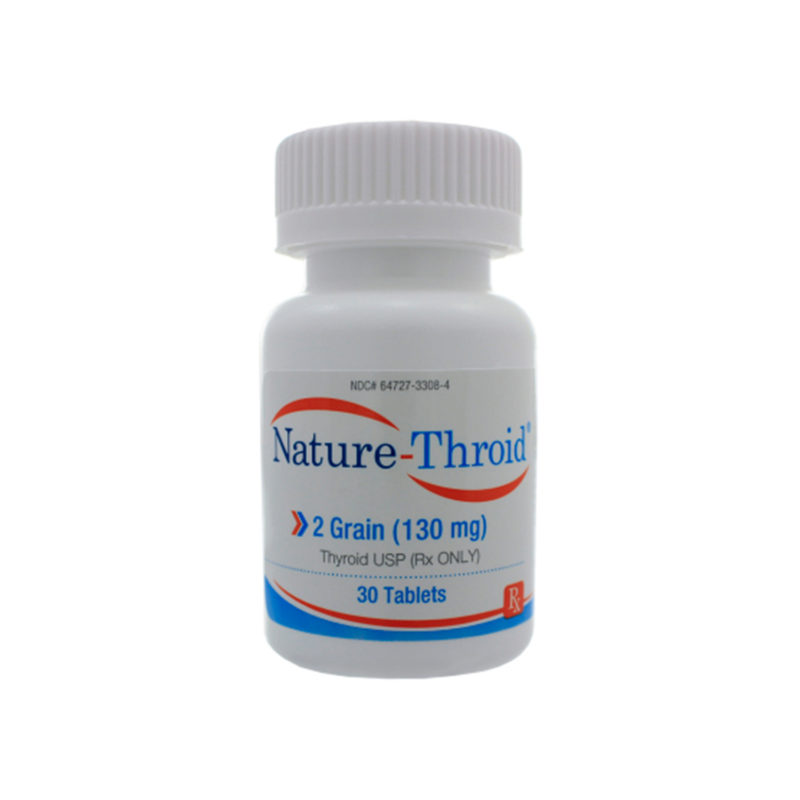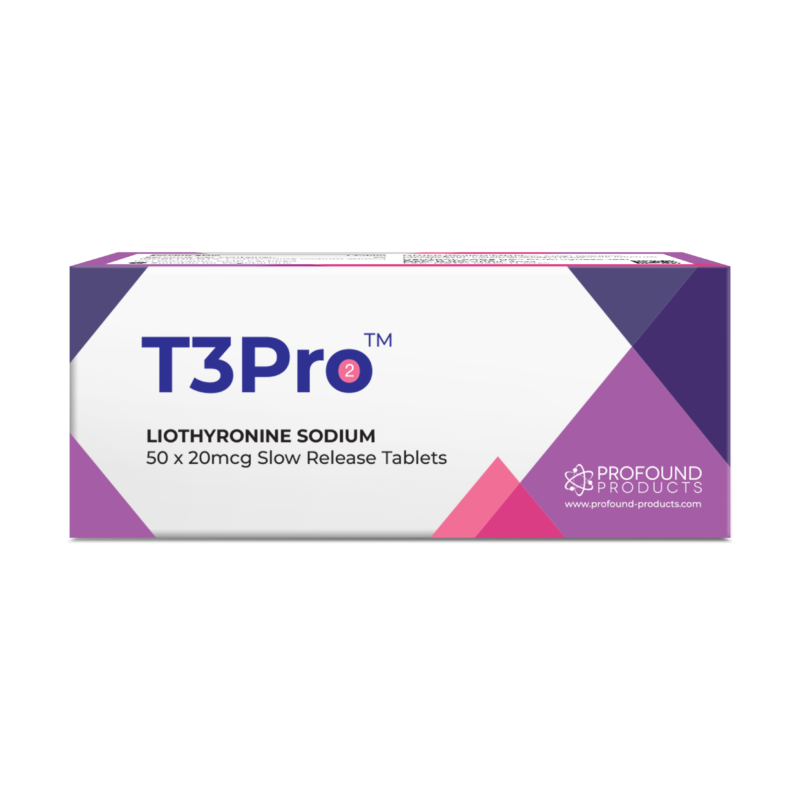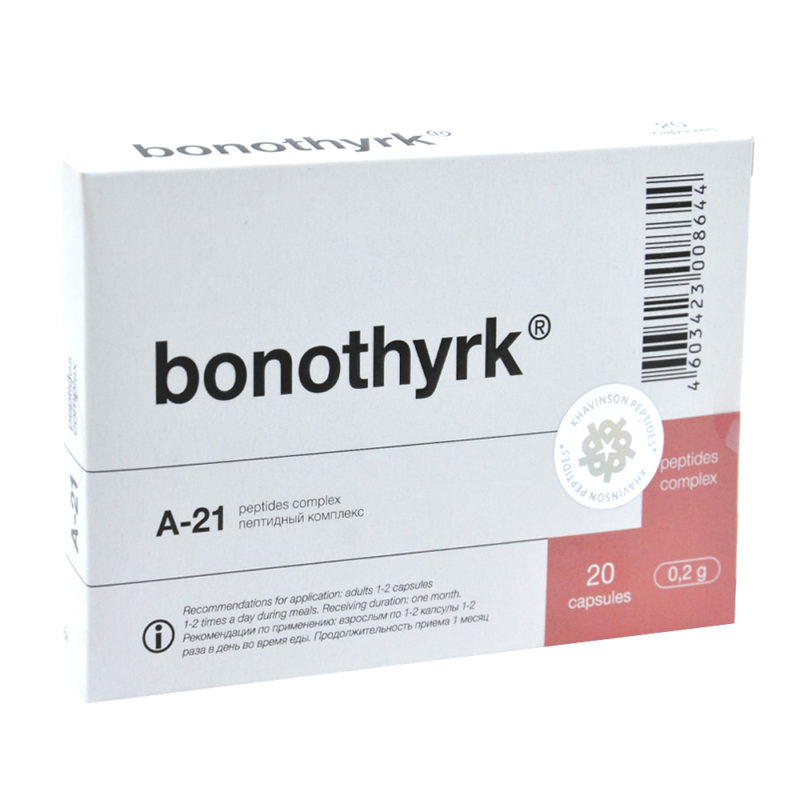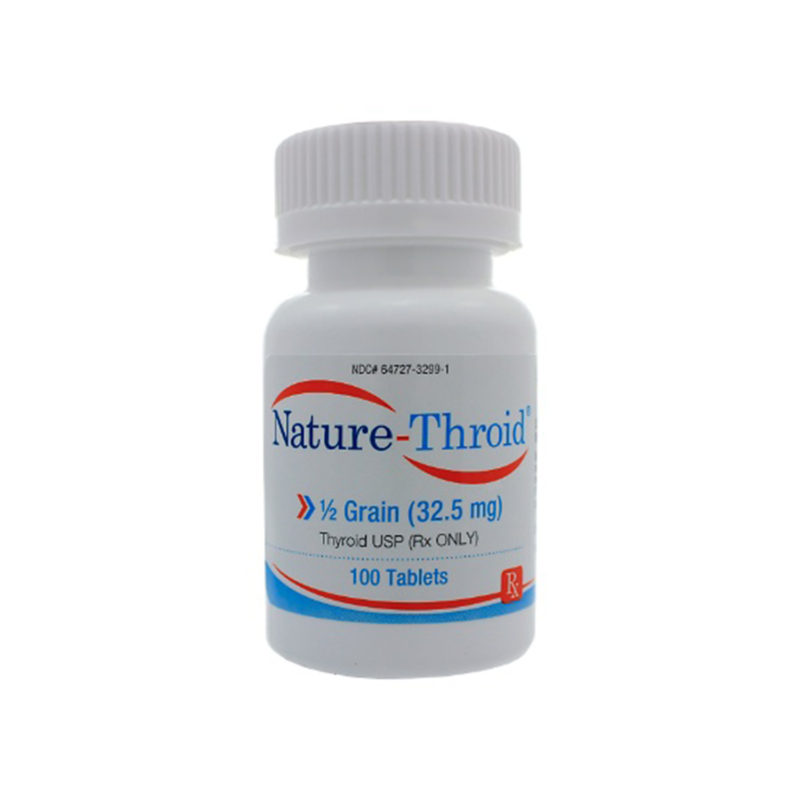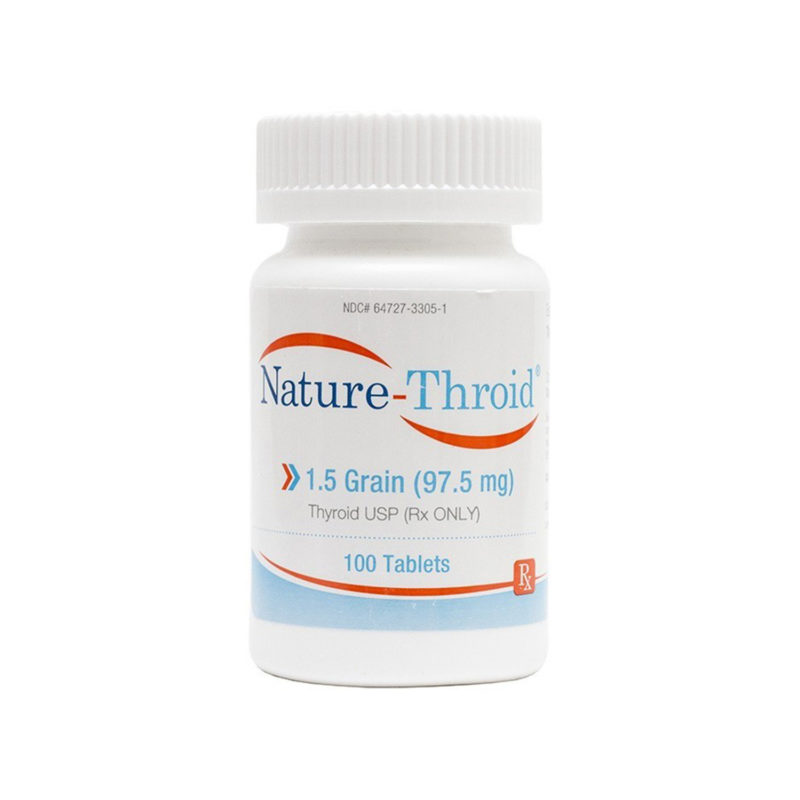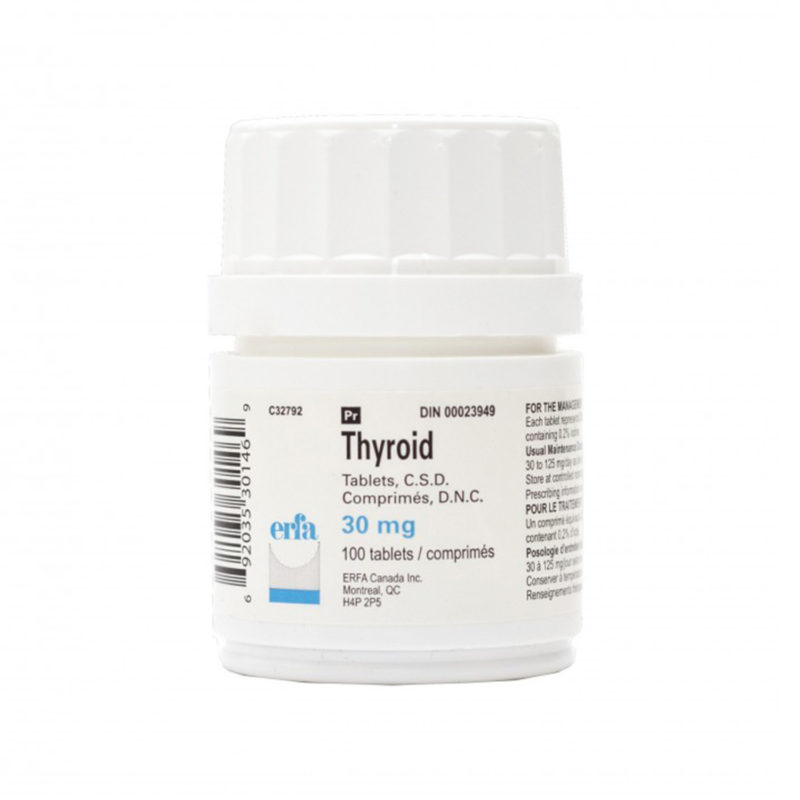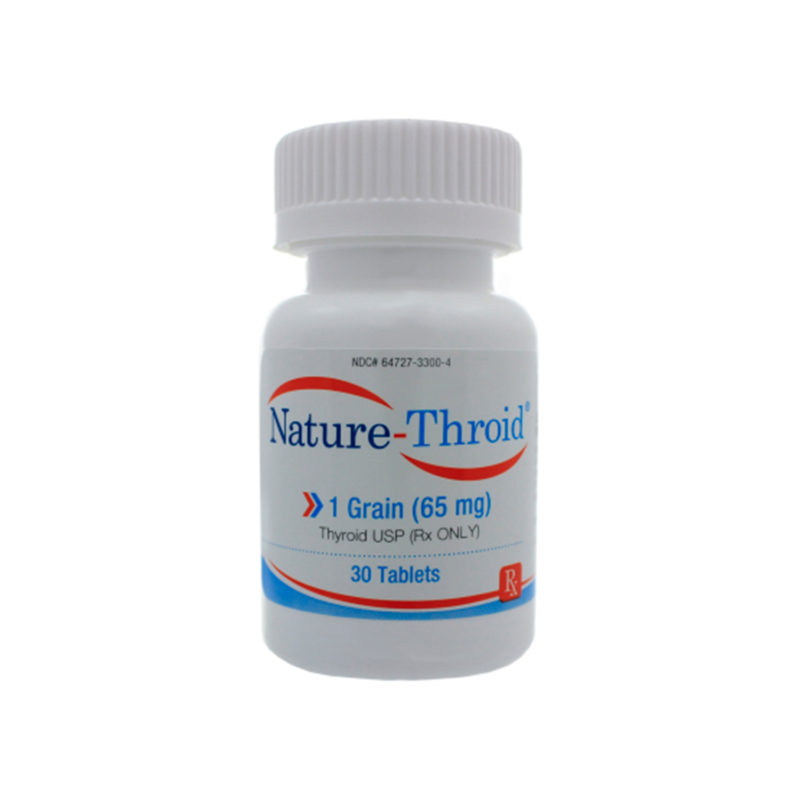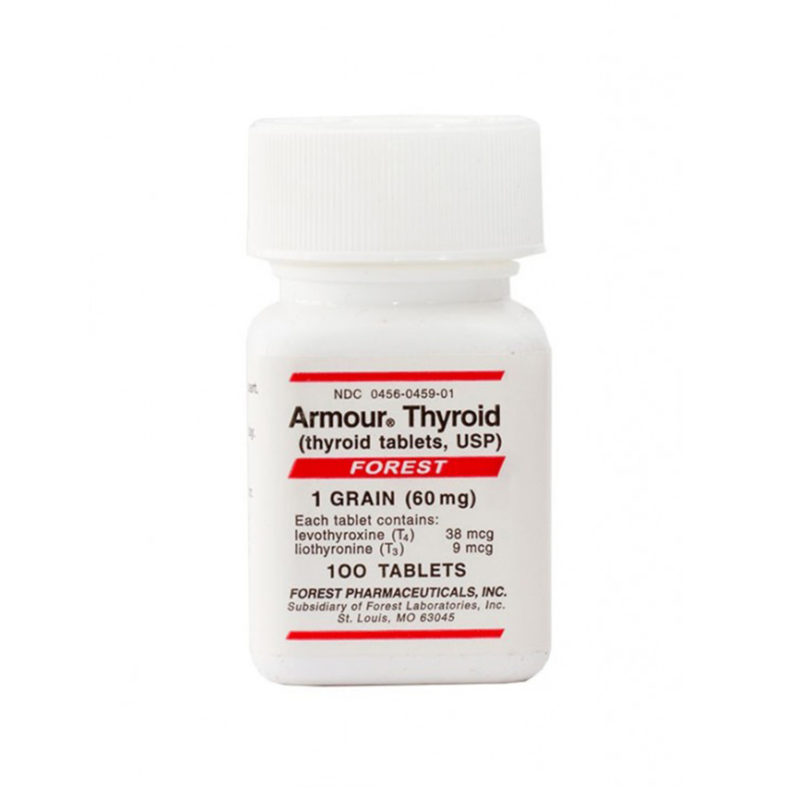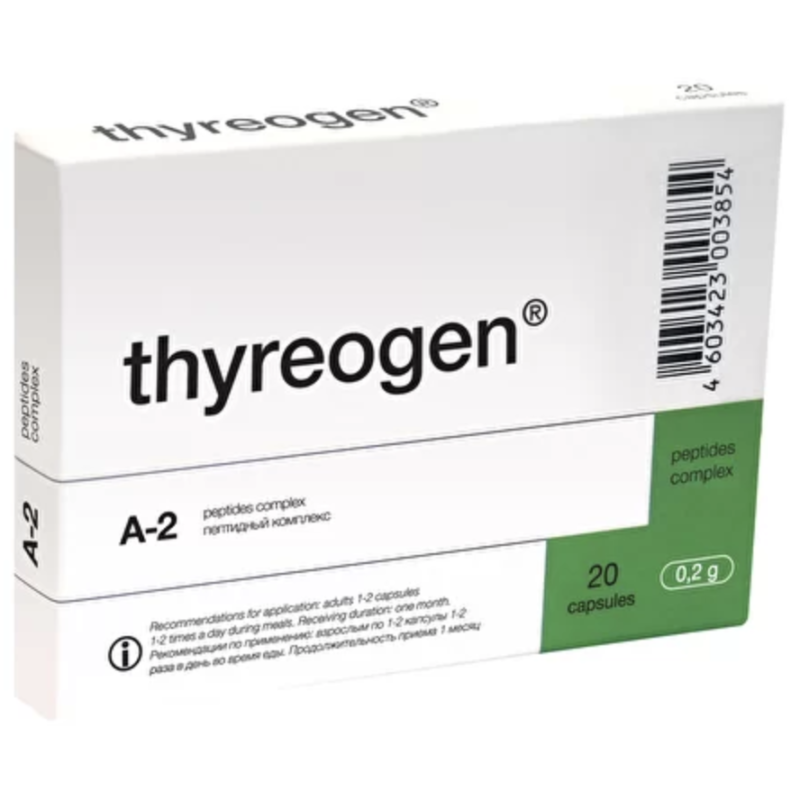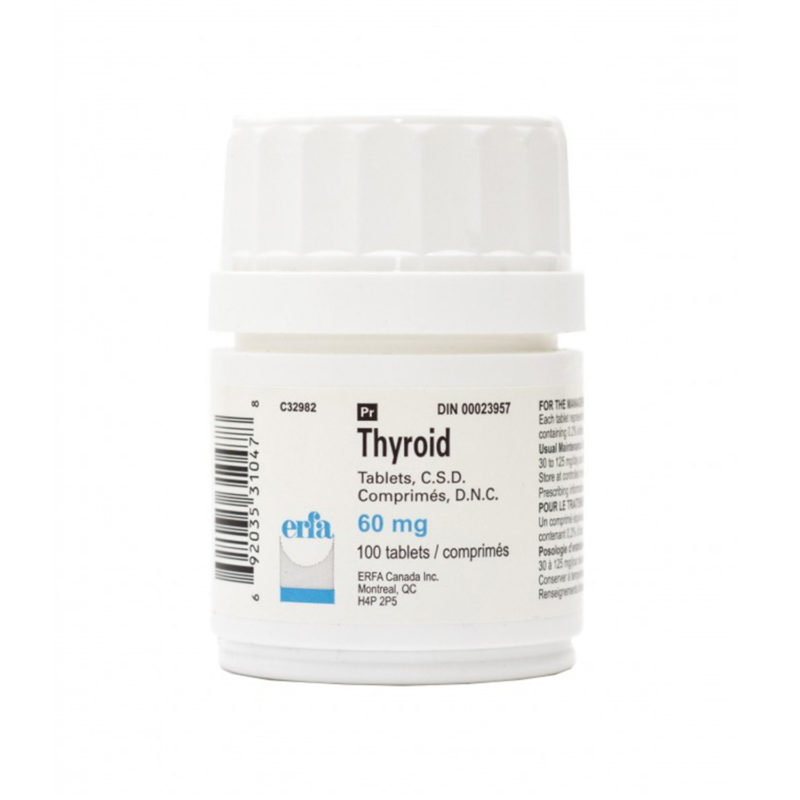Thyroid An Important Yet Underutilized Antiaging Hormone
Thyroid is one of the most important anti-aging hormones and in this article I will explain some of the growing body of evidence that supports this assertion. Yet this fascinating research also makes it clear that the appropriate use of thyroid hormones is a surprisingly underutilized antiaging tool.
That assertion might sound a bit strange, especially to those who are aware that thyroid hormones are one of the most widely prescribed hormones in the world. So what do I mean?
There are several questions that need to be asked as we begin an exploration of this subject. Questions such as;
Who needs thyroid hormones?
Which type of thyroid replacement is the best?
What dose of thyroid should a person receive?
As we begin our sojourn into the realm of thyroid replacement, allow me to quote a Nobel Prize winner addressing this issue in a tangential way. Harvard cardiologist Bernard Lown deeply admired his chief mentor, Samuel Levine, and wrote about him in a wonderful book, The Art of Healing. His affection for this brilliant doctor brightens the paragraphs and pages in which he eulogizes this wise gentleman.
After Dr. Levine retired, he began seeing Dr. Lown as his personal cardiologist. Through the roles of student and doctor, Dr. Lown learned a great deal about Dr. Levine. Perhaps the most interesting observation regarding Dr. Levine is the following:
“Dr. Levine was impressed with the brightness and quickness of hyperthyroid (too much thyroid) patients. He admired them intensely and believed that the condition protected them against coronary artery disease. I later learned, when he became my patient, that he had taken 3 grains of thyroid daily for more than 30 years. He maintained that those with increased thyroid function had bright, sparkling eyes and appeared to be interesting people because personality is conveyed largely through the eyes. Levine suggested that the universal fascination with the Mona Lisa stems from her being hyperthyroid. He insisted that a slight stare makes viewers believe that she is focusing on them and is the basis for the attention this painting has received over the centuries.”
Dr. Levine is talking here about people with a slight excess of thyroid by current standards, not severely hyperthyroid people. Because he would rather be slightly hyperthyroid than slightly hypothyroid (low thyroid), Dr. Levine took a rather generous dose of natural, desiccated thyroid for many years.
Whether the good doctor was correct in his appraisal of Mona Lisa, we’ll probably never know. But in regard to other issues, Dr. Levine is increasingly being shown to be correct. Namely, the benefit of thyroid for the cardiovascular system, the use of natural, desiccated thyroid, and the value of dosing a patient toward the upper end of the acceptable range, rather the low end.
How’s Your Thyroid Doing?
Talking with Your Doctor
This is where some of the challenge for the consumer (you) comes in. If you’re concerned, legitimately, about some of the thyroid related issues we will discuss below, how do you know if you need thyroid? Without getting very technical, there are a few basic definitions that you need to have a handle on, in order to understand what your lab work means and how to discuss your situation with your doctor.
The most frequent way that doctors evaluate thyroid status is to have blood drawn in which the thyroid stimulating hormone, (TSH) is checked. You especially need to understand the significance of the TSH.
The pituitary is a small gland situated in the forward part of the head, (see figure 1) a bit behind and between the back ends of the eyes. Basically it’s the boss of the thyroid, because the pituitary tells the thyroid what to do. The pituitary continuously samples the blood for one of the thyroid hormones and if the thyroid is not doing its job, the pituitary says; “Get to work.” At first it suggests the need for improved efficiency on the job with a very soft voice. But if there is an inadequate response on the part of the thyroid, the pituitary raises its voice bit by bit until it can be shouting and even screaming at the thyroid to get off its duff and start producing thyroid hormones.
The current definition of low thyroid primarily has to do with how loudly the pituitary is talking to the thyroid. As long as the pituitary’s voice is low, it is assumed that the thyroid is doing its job. After all, the pituitary which monitors and bosses the thyroid is happy. If the pituitary is raising its voice, then the thyroid must not be producing adequate thyroid hormones. But a person with a pituitary having to shout at the thyroid, is by definition, hypothyroid.
The TSH is the measure of how loudly the pituitary is having to speak. The conventional definition for low thyroid function (hypothyroidism) is a TSH over about 5.00. So if you go to the doctor and your TSH is 5.20 you might be told that your thyroid is a bit low and you need to begin thyroid therapy. On the other hand, your TSH might be 4.80 in which case your doctor might say your thyroid is normal and you don’t need any thyroid.
There are several problems with this definition. The first and foremost has to do with the clinical picture of what is happening with you. Do you have any signs or symptoms of low thyroid? If you do have symptoms/signs that are suspicious for low thyroid, then a TSH of 4.80 or even a lot lower might be consistent with low thyroid.
As one example, suppose that the pituitary is “hoarse” or has “laryngitis”. It can’t raise its voice even if it wants to. It might be trying to scream but only getting out a gentle whisper. In which case, a low thyroid would be consistent with a low TSH (contrary to the usual picture). So we either have to test for “pituitary laryngitis” (which can be done) or pay close attention to the signs and symptoms of the person. Often a woman will have a damaged pituitary following childbirth in which it becomes unable to raise its voice, (known as Sheehan’s syndrome). These women are often misdiagnosed as depressed or malingerers when, in reality, they are hypothyroid with low TSH. Treat them with thyroid as they should be treated and all becomes well. This is one of the challenges of an overly-simplistic diagnostic approach.
Another reason that total reliance on TSH levels is inappropriate is that TSH levels can vary substantially during the day. There can easily be a 200% or more variance during the day in a given individual. On the desk in front of me are the 24-hour measurements of two patients where the TSH was drawn every few minutes. With one patient the 24-hour low was about 0.30 and the high was about 2.00. The other showed a low of about 1.00 and a high during the 24 hours of approximately 5.00.
Another legitimate and argued question is: At what level is the TSH too high? As mentioned above, most labs use a number in the vicinity of 5.00. The American Society of Clinical Endocrinologists suggests that when treating low thyroid problems the TSH should be kept below 3.00. If a TSH above 3.00 is not best for a patient being treated, it’s reasonable to ask if a TSH of 5.00 might not be too high for an untreated person.
The experts in designing tests to evaluate human health are members of the National Academy of Clinical Biochemistry. They have recently noted the following:
- Over 95% of healthy people with optimal thyroid function have a TSH that is less than 2.50.
- Patients with a TSH above 2.50 may be in the early stages of thyroid failure.
- When treating a patient, the TSH optimally should not be above 2.00.
It is also important to measure the actual amount of thyroid hormones present in the blood. There are two main thyroid hormones. One is called T4 (because it is the thyroid hormone with four iodine attached). The other is T3 because it has three iodine attached. T3 is some three to ten times as active as T4. There is a great deal that could be said on this subject, but let us simply say that if T4 or T3 are low, (or even low end of normal range), then the thyroid system may not be functioning optimally.
As an example, a person can have a normal or even low TSH (sometimes indicating too much thyroid), along with a normal T4, but if their T3 is low they can have what is called a “low T3 syndrome” or a “euthyroid sick syndrome” (the “eu” means “good”). So the thyroid can look like it’s good because of the normal T4 and TSH, but the person can still be sick.
One other thing- if you have an inflammation of the thyroid gland (thyroiditis or Hashimoto’s thyroiditis), you can have normal levels of TSH, T4 and T3 but the whole thyroid system might not be working correctly. Often we find that people with thyroiditis feel much better when treated with thyroid hormones.
Thus we see that measuring only TSH levels is inadequate to optimally evaluate the thyroid status. We believe that a thorough initial evaluation should include TSH, thyroid antibodies (to check for thyroiditis), free T3 and free T4 (the active or available forms of T3 and T4).
Ultimately, the most important factor in making a diagnosis is the knowledge and awareness of the physician. A physician aware of the importance of optimal thyroid function is going to consider at least the following factors:
- Your blood work.
- Your history including important symptoms you are experiencing.
- An endocrinologically oriented physical examination.
- Your temperatures (as the thyroid maintains body heat).
For reasons far too involved for this short review, every blood test may be perfectly normal and a person might still need thyroid. That’s the reason for the four-point approach to evaluation.
If we return for a minute to the thinking of the previously referenced Dr. Samuel Levine, you’ll understand a little better what I mean. Dr. Lown says the following about his mentor: “He recognized· that medicine is the science of uncertainty, the art of probability. He believed that the bulk of relevant information could be obtained from a properly gathered history and meticulously executed physical examination. He taught that a battery of tests must not replace a mind willing to think· He hinted that frequent reliance on a so-called workup, engaging the heavy medical artillery of the day, such as X-ray or cardiac fluoroscopy, electrocardiography, phonocardiography, blood work and urine analysis, is testimony to a lack of clinical skill·”
My own mentor on the subject of thyroid evaluation and treatment was Broda Barnes, M.D., Ph.D. Dr. Barnes was direct in his thoughts regarding the evaluation and treatment of patients. He said, with great vigor; “Always treat the patient, not numbers on paper.” By this he meant that many doctors are either too lazy or too busy to listen to the patient and to do the requisite exam, or they were ignorant of what the signs and symptoms truly were. Thus, hypothyroidism was to them only what the numbers on paper would report. If the TSH was 4.80 they were hypothyroid. If the TSH was 5.20, they were not hypothyroid. For Dr. Barnes, that was not being a good physician.
The Importance of a Correct Diagnosis
We spent a good deal of space for a short article on explaining the importance of correctly perceiving whether thyroid is a problem for you. If your thyroid function is low there are many disease processes which might affect you, and they would be far less likely to be a problem if your thyroid status is optimal. A correct diagnosis can literally mean the difference between a shorter, relatively miserable existence and a longer, healthier, more pleasant life.
It is generally recognized that you are more likely to have less than optimal thyroid function the older you are. If you’re moving into your 40’s, 50’s or 60’s, you might want to be especially aware of your thyroid status. If it appears to be at all compromised, you might want to take appropriate steps to optimize its function.
The Science on the Importance of Optimal Thyroid Status
Atherosclerosis: In the mid-1870’s virtually nothing was known about the function of the thyroid. One of the classic presentations in the history of thyroid research was that given by Dr. William Ord. He described a patient who had been a healthy and industrious woman at the age of 49. She gradually became cold, experiencing shivering spells. Her mental faculties including memory decreased. Her movements became slow and awkward, getting to the point where it took two hours for her to dress herself. She would fall asleep unless she was moving. She died at age 60.
On autopsy it was discovered that her thyroid gland was entirely destroyed by fibrous tissue. The pathologist described the vascular system like this, “·the arteries were everywhere thickened, the larger ones atheromatous.”
In other words, she had extensive atherosclerotic disease (hardening of the arteries), of all her larger arteries. Dr. Ord was convinced that there was a connection between the destruction of the thyroid gland and the symptoms she had, including the damage to the arteries. A commission was chartered to explore the function of the thyroid gland. Over the following years, a reasonably clear picture of the role of the thyroid was obtained.
What is clear and generally accepted is that low thyroid function causes or contributes to hardening of the arteries.
Professor Billroth of Vienna
This gentleman is one of the most famous surgeons of history. In his day, there used to be many very large goiters, (enlarged thyroid glands). Cosmetically, they were disturbing and so the good Professor developed a safe and effective method of removing thyroid glands. However, with no thyroid gland remaining, the people became severely hypothyroid and would die of myxedema, a technical term for the swelling associated with very low thyroid function.
An Austrian law mandated that everyone dying in hospital be autopsied. It was discovered that all of these patients dying of low thyroid because their thyroids had been removed had generalized, severe hardening of the arteries throughout the body.
A student of Billroth, von Eilsberg, did further research demonstrating that the removal of the thyroid gland from sheep and goats led to systemic atherosclerosis.
Professors Pick and Pineless, also of Vienna, removed the thyroid glands of sheep and goats, but provided the animals with thyroid replacement. In contrast, these treated animals did not develop atherosclerosis.
American Research
Dr Hurxthal of the Lahey Clinic in Boston reported on the observations in their clinic. They would remove the thyroid gland of patients who were hyperthyroid, (too much thyroid). He noted that these patients would often have cholesterol levels that were quite low prior to the surgery. But after the surgery, if too much thyroid tissue were removed rendering the patient hypothyroid, they would often develop high levels of cholesterol.
The relationship between thyroid status and high cholesterol levels was so significant that Hurxthal suggested that serum cholesterol might be considered as a diagnostic measure for thyroid function. He even suggested that elevated cholesterol might be an indication for thyroid therapy if another cause for the hypercholesterolemia could not be found.
Professor William Kountz, Washington University of St Louis, published in 1951 Thyroid Function and Its Possible role in Vascular Degeneration. He reports on a study of patients with low body temperatures and many with elevated cholesterol. The first group was businessmen with an average age of 55. This group had little evidence of hardening of the arteries and the men were patients in his private practice. A second group were outpatients at the University Clinic. These men averaged age 61. Many already had evidence of some hardening of the arteries.
Each group was divided into two. One of the subgroups received thyroid treatment. The other subgroup did not receive thyroid. All groups were followed for five years and monitored for heart attacks and strokes.
Group one: There were no deaths in those treated with thyroid, whereas in the untreated group, 15% had a fatal heart attack or stroke.
Group two: There was 3% mortality in the treated group and 19% mortality in the untreated group. Therefore, over six times as many men died in the untreated group.
Dr. Barnes went to Graz, Austria every year for fifteen years and spent at least one month studying the autopsy records accumulated over some 200 years.
The conclusion of his huge amount of work and research is this: Low thyroid people are subject to increased risk of infection and poorer ability to fight infection. Prior to the advent of antibiotics these people would routinely die of infections prior to dying of heart attacks. The records show that those dying of infections had extensive hardening of the arteries. After antibiotics became available, these people would be treated allowing them to live long enough for heart attacks to kill them (sic).
“Normal” vs. Optimal
Recent research indicates that just having normal thyroid function based on TSH levels is not necessarily optimal. The increased risk of atherosclerosis in borderline hypothyroidism extends into the normal range. In other words, having a high normal TSH (borderline low function) increases your risk of hardening of the arteries. One study suggests that the lowest possible TSH within the normal range (i.e. around 0.4) is the best way to reduce risk of cardiovascular disease. As this study demonstrates, “normal” is not the same thing as optimal. In the field of anti-aging medicine, our goal is to achieve the optimal range, not just the normal. Studies like this confirm our setting of higher goals.
Thyroid and Cholesterol
As mentioned above, Dr. Hurxthal of Boston had noted and written on the association between low thyroid function and high cholesterol levels.
People with subclinical hypothyroidism, (a technical term for people with no dramatic symptoms of low thyroid function and an elevated TSH) often have elevated cholesterol levels. When treated with thyroid replacement hormones, there is a significant decrease in both total cholesterol and in LDL (the so-called “bad” cholesterol).
It was mentioned earlier that one of the important parameters to measure in a thorough evaluation of the thyroid function should include the free T3. One of the reasons for doing this is because there is a relationship between T3 and cholesterol levels. This relationship is inverse meaning that the more T3 you have, the lower your cholesterol levels are likely to be.
Another study looked at 35 male patients with severe atherosclerosis. They monitored these men for two years and again evaluated the amount of hardening of the arteries. In 14 there was no progression of the disease. 21 had significant progression. They then asked what was most significant in apparently preventing progression. One of the two most important factors was the T3 level.
Articles like these now usually begin to delve into the issue of what is the best way of treating low thyroid function- we’ll address this a little later. But with information such as this, many of us who work daily in this field question the notion of treating patients only with T4 containing preparations such as Synthroid and Levoxyl. Why do we question this? Because there is suggestive evidence that a combination of T4 and T3 might be preferable.
There are a large number of articles dealing with the issue of atherosclerosis and thyroid function. The challenge for me, as your writer is choosing from so many that demonstrate the same principle: That being the message that adequate treatment with thyroid hormones is protective against hardening of the arteries and thus heart attacks.
Other Benefits of Appropriate Thyroid Replacement
Homocysteine is a known risk factor for heart attacks, strokes and peripheral artery disease like claudication, (pain in legs whilst walking- due to atherosclerosis). It is a toxic metabolite, (breakdown product) of the amino acid methionine. Elevated homocysteine levels are also associated with increased risk of bone fracture. [Ed.- Recent evidence presented at the 2nd London Anti-Ageing Conference also suggests that high homocysteine levels are also associated with memory loss and attention deficit disorder].
People with low thyroid function tend to have high levels of homocysteine. People with high thyroid levels have low homocysteine levels. Therefore, treating people with high homocysteine levels and indications of hypothyroidism with appropriate thyroid therapy might benefit the high levels of homocysteine. This might reduce the risk of heart attacks, strokes and bone fractures.
Fatigue, sadness, irritability, anger, sleepiness, sense of being chilly or hot and a variety of other symptoms are rather common in today’s world. These are all possible signs of hypothyroidism.
A study published in 1999 looked at a group of patients who had previously been diagnosed with hypothyroidism. These patients had all been treated with T4 only (i.e. Synthroid or equivalent). However, their symptoms (as listed in the previous paragraph) did not improve.
The study reduced the amount of T4 given to each patient and added in a roughly biological equivalent of T3. These patients were now receiving a combination of T3 and T4.
The conclusion of the study was that nobody did better on T4 alone. Most of the patients did better on the combination of T4 and T3. “It seems clear that treatment with thyroxine (T4) plus triiodothyronine (T3) improved the quality of life for most patients.”
The Best Treatment for Hypothyroidism
The most common therapy for hypothyroidism is T4 only, for example a medication like Synthroid. I have quoted various articles which suggest that the combination of T3 with T4 might be beneficial for a number of reasons. Dr. Levine, routinely took a combination of T3 and T4, the combination included in a desiccated (or natural) thyroid.
Dr. Barnes, my mentor on thyroid treatment, tested a variety of thyroid preparations. His conclusion was that most patients do best using a desiccated/ natural thyroid such as Armour.
The most important question to me as a treating physician is: How does my patient feel with the treatment I’m providing? Does he/she feel better as a result of taking thyroid hormone?
In the Bunevicius study reviewed above, patients taking T3 and T4 clearly felt much better than when they took T4 only.
My experience in treating patients like this for some 25 years is that most of them feel better taking the T3 and T4 combination, rather than if they take the T4 alone. However, I’m not dogmatic about the use of the combination, as I’m interested in the well being of the patient. There are a few (very few) that actually feel better taking the T4 alone. For them I gladly prescribe Synthroid or an equivalent.
Most patients feel best taking the combination of T3 and T4. Thus, I routinely prescribe a natural thyroid, such as Armour, which is desiccated (dried) thyroid tissue with a carefully regulated amount of T3 and T4 included in it.
Conclusion
Optimal supplementation with natural forms of thyroid hormones has a strong antiaging benefit for those whose native thyroid status is less than optimal. When thyroid treatment is adequate it can help to lower cholesterol, lower homocysteine, prevent advancement of atherosclerosis, and probably prevent or slow the onset of atherosclerosis. It can also help to lower blood pressure (data not reviewed in this article) and generally help people to feel better. There are many other benefits we are unable to discuss in this brief article.
The diagnosis of low thyroid function is based on a combination of the symptoms a person is experiencing, a physical examination, body temperatures and blood work.
Most people will feel best if thyroid replacement is done using a natural/ desiccated thyroid, which includes a combination of T3 and T4.
My hope is that the information presented in this article can assist you in being able to intelligently discuss thyroid replacement issues with your physician to find the right individual health optimizing solution for you.
